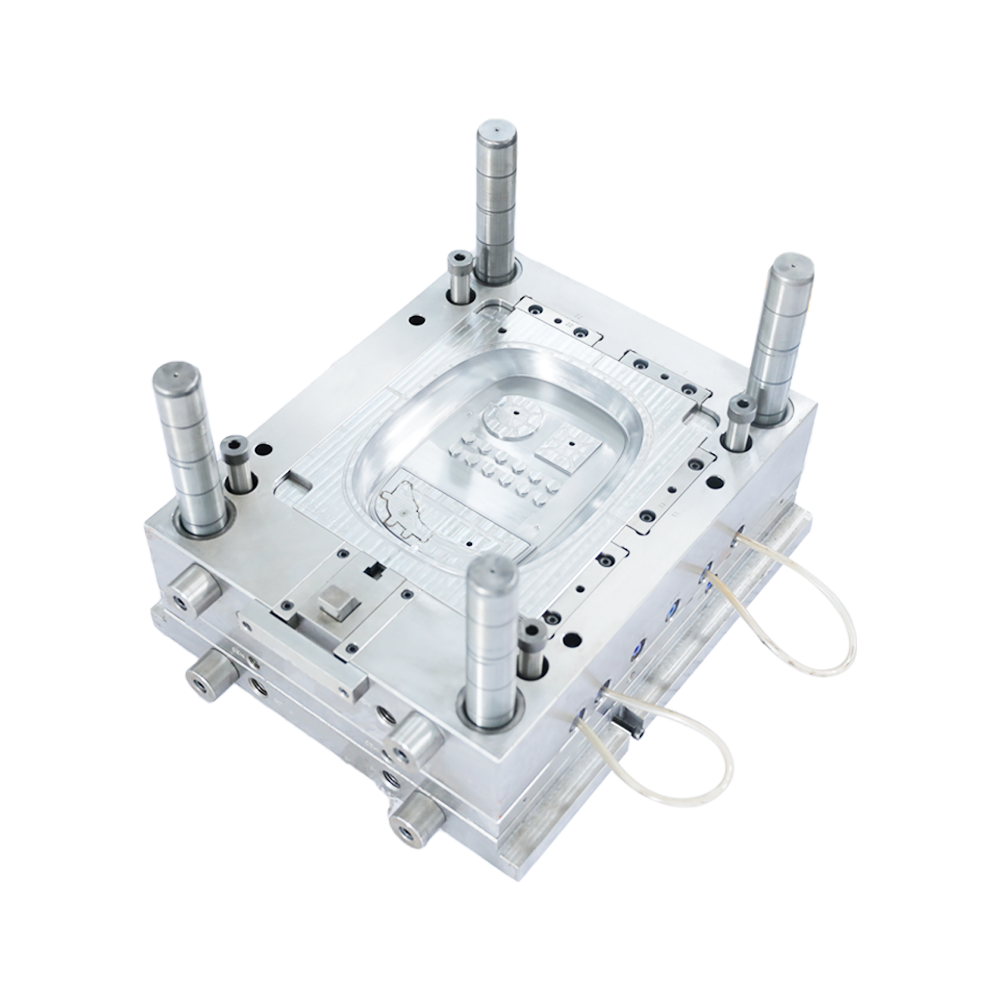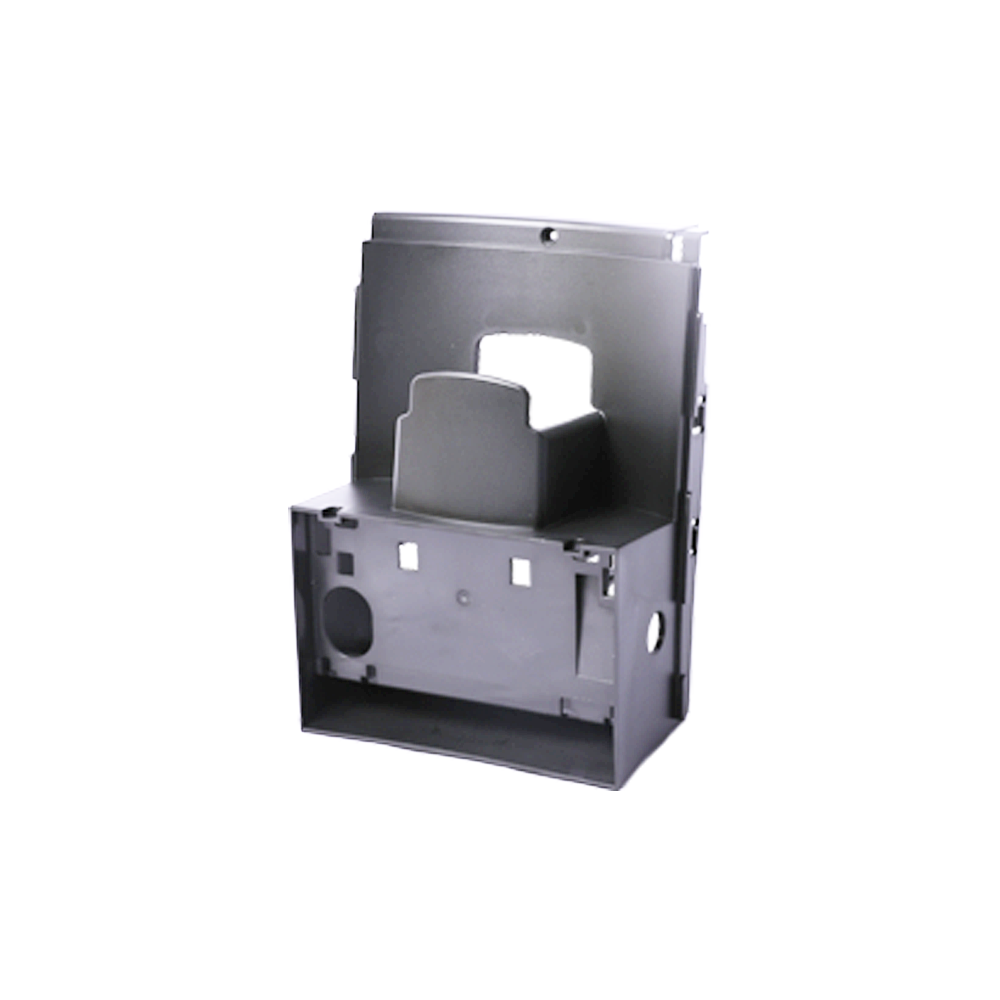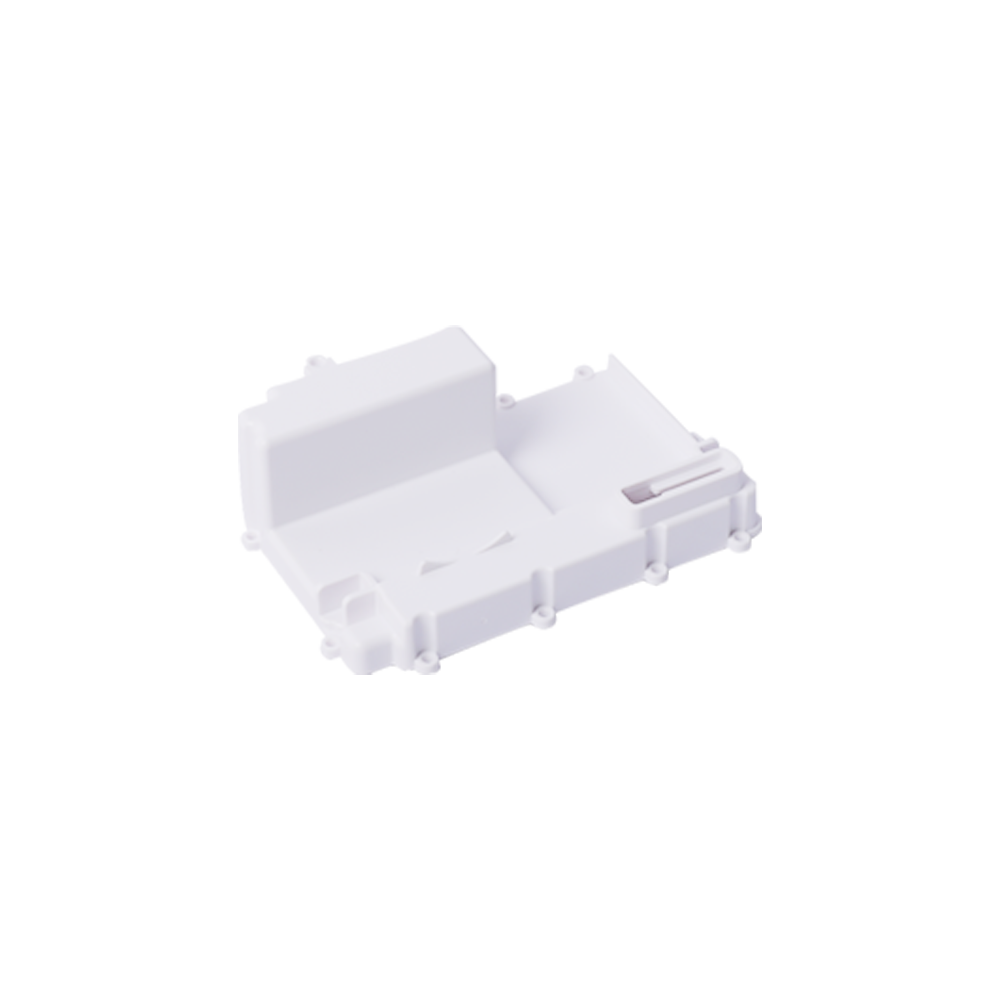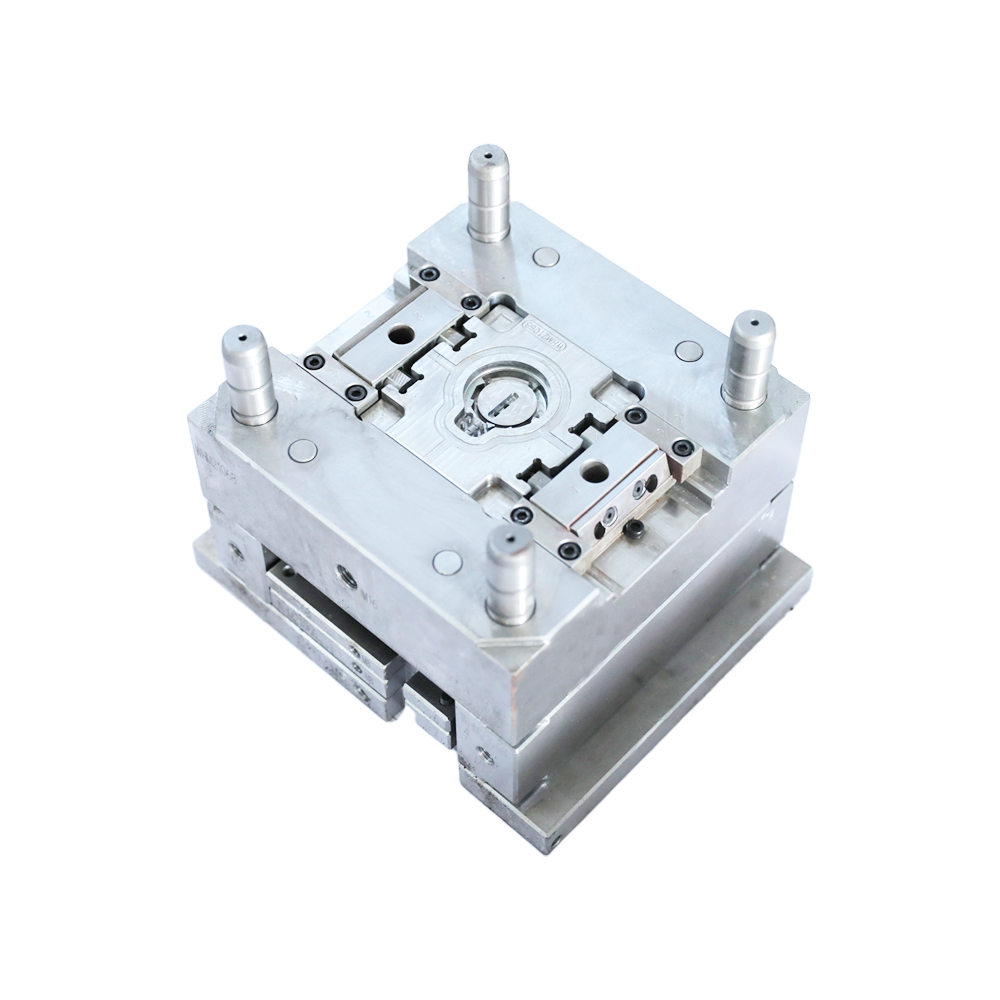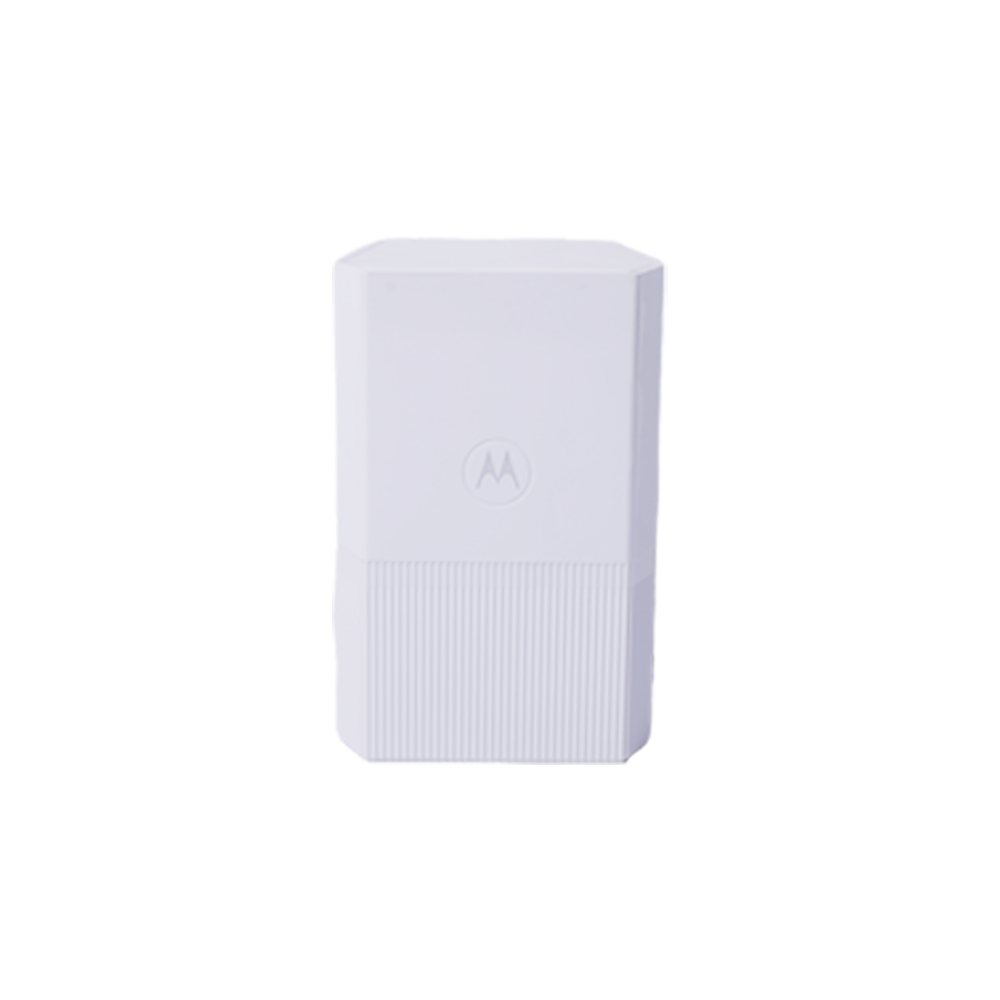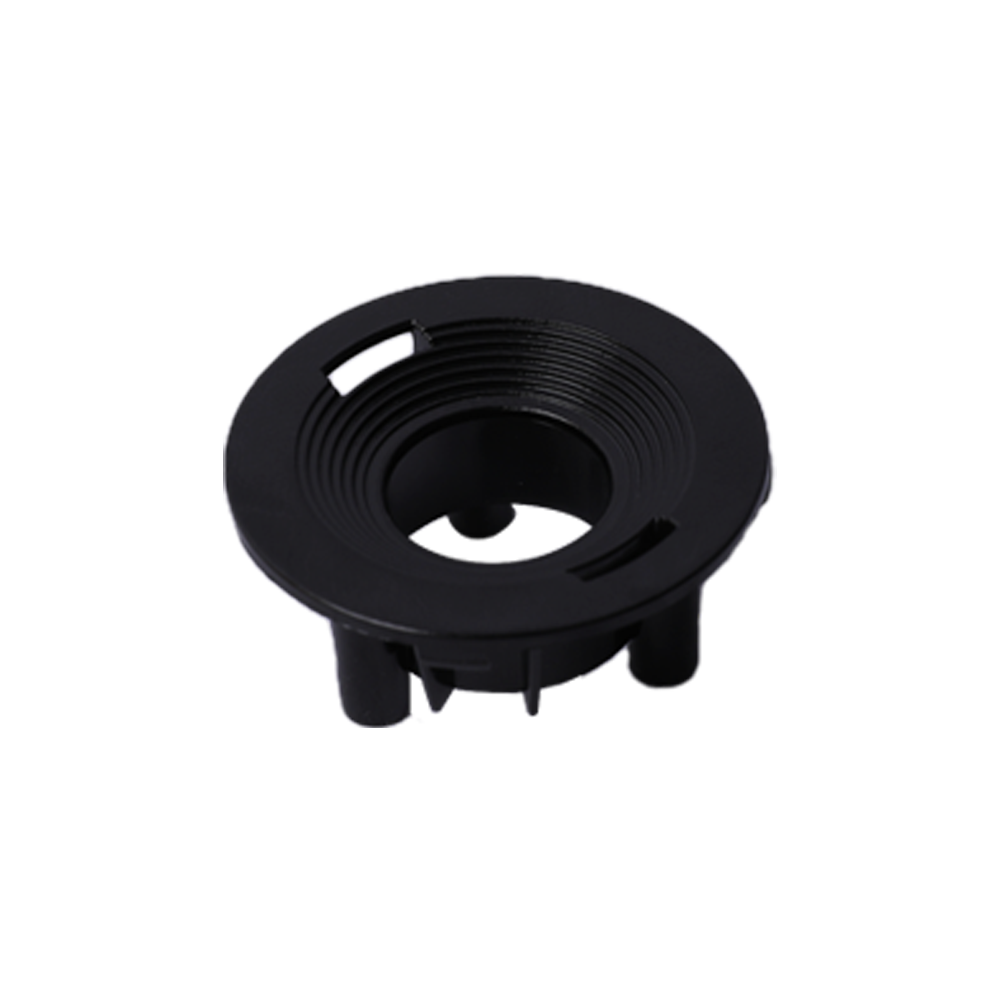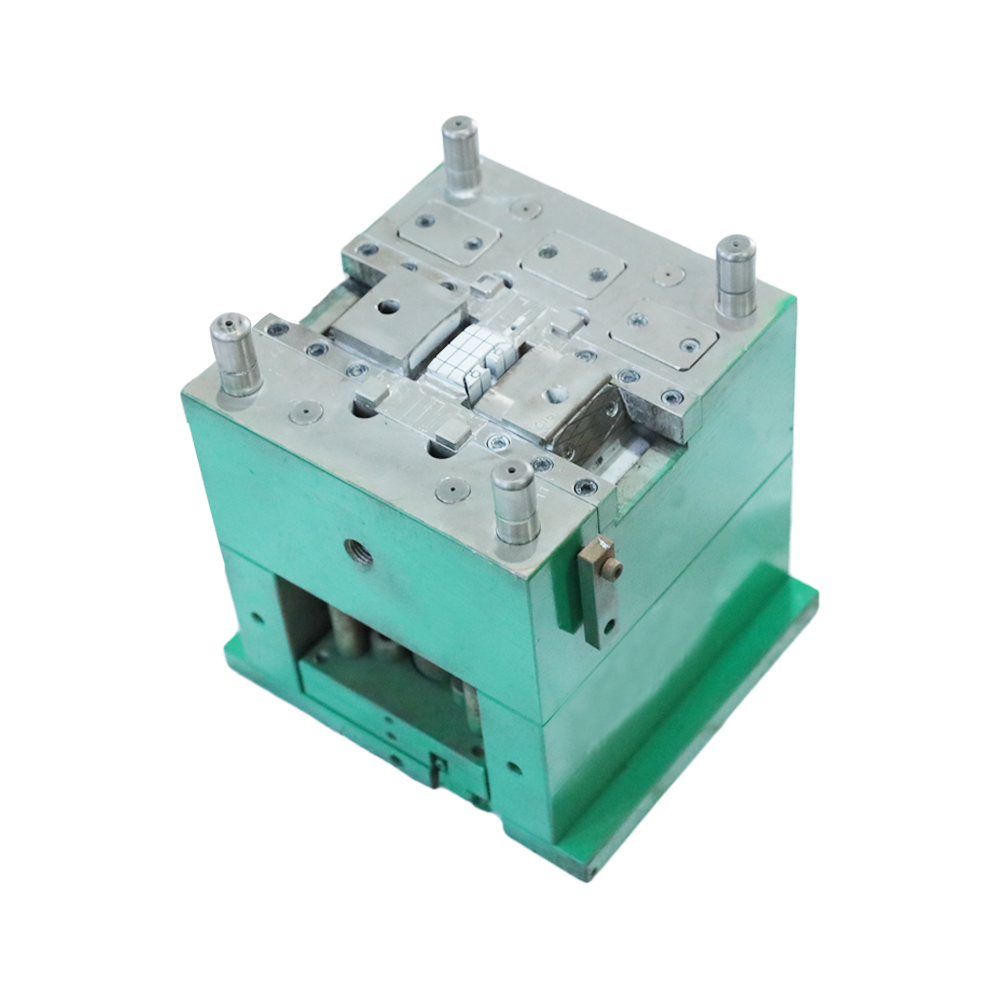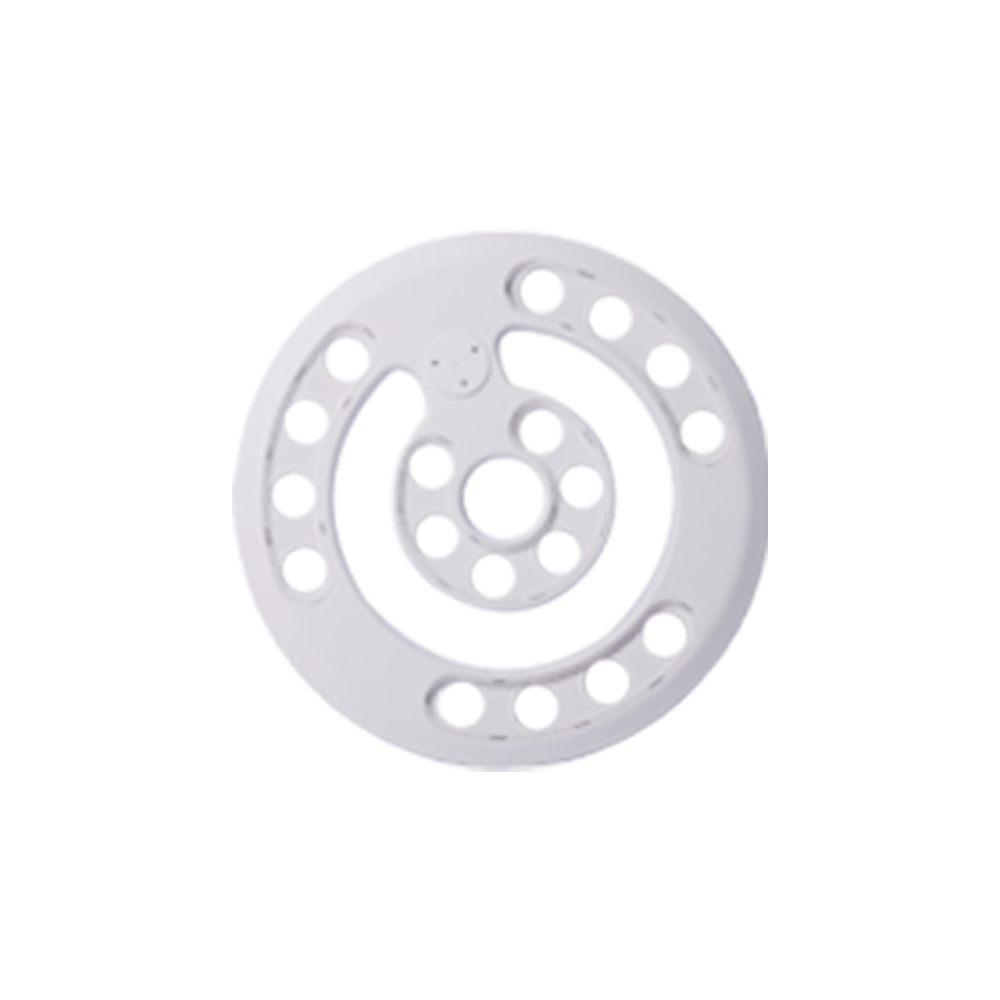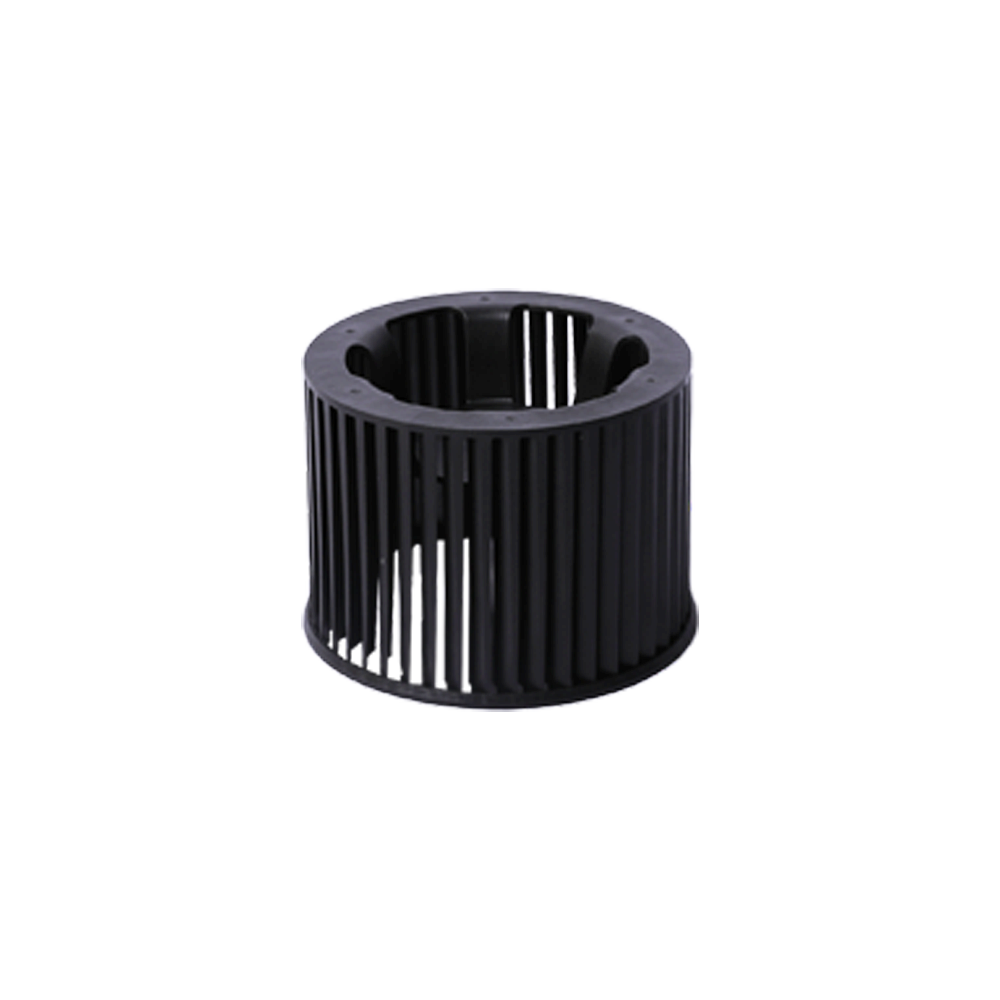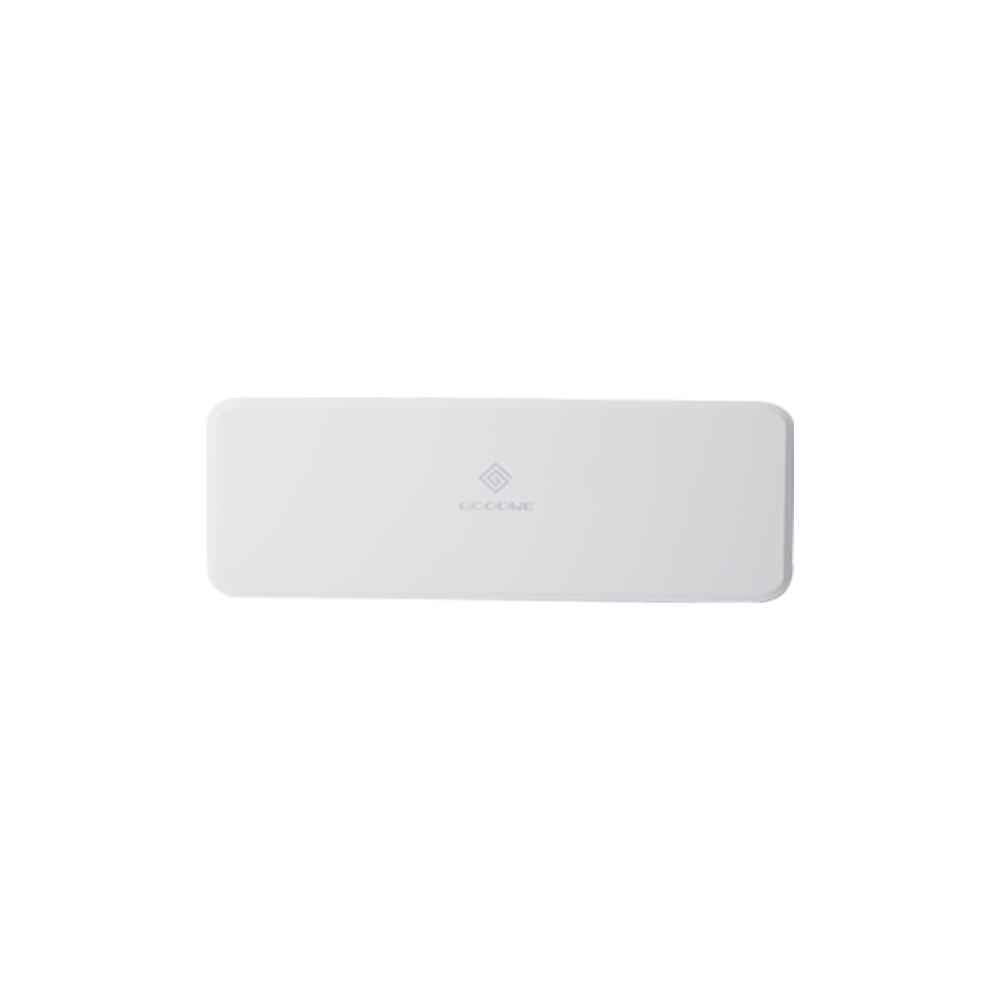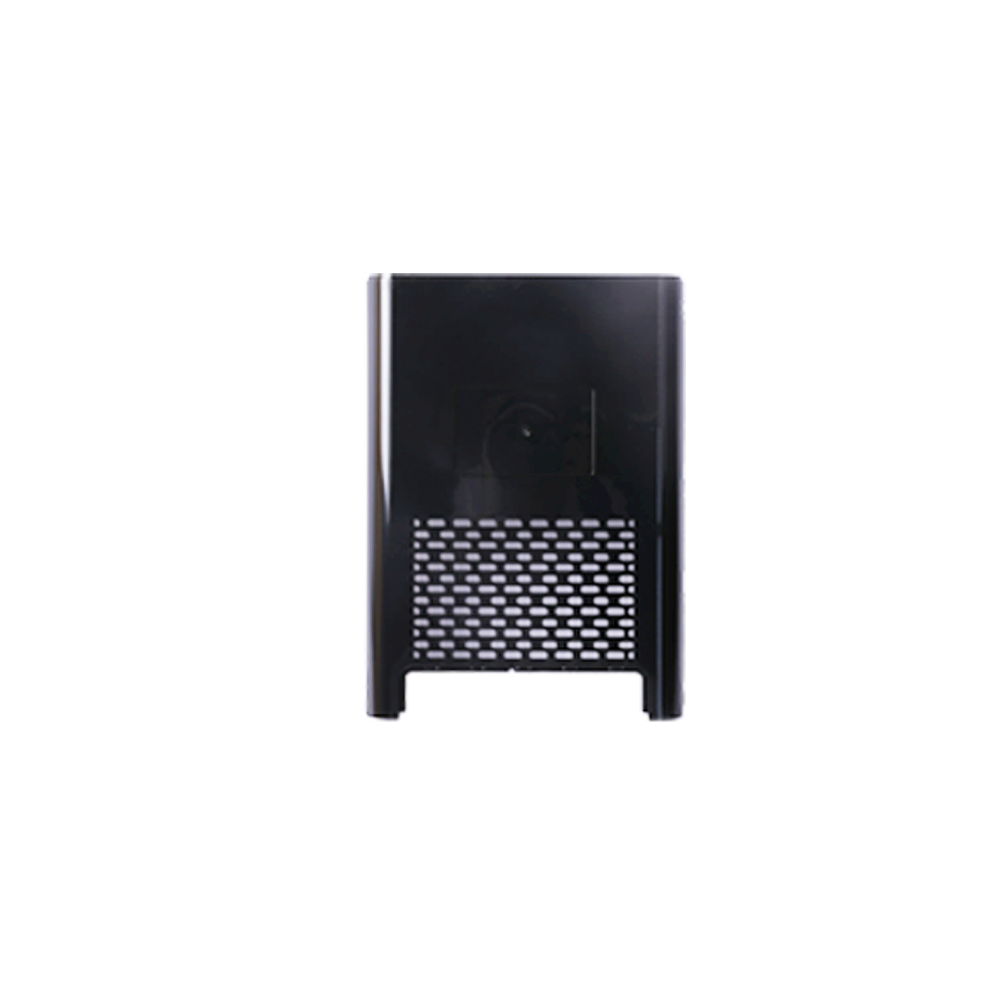Requirements and characteristics of mold design and production
The requirements of mold design and production are: accurate size, smooth surface; reasonable structure, high production efficiency, easy to automate; easy to manufacture, long life, low cost; design meets process needs, economical and reasonable.
Mold structure design and parameter selection must consider factors such as rigidity, orientation, unloading mechanism, positioning method, and gap size. The wearing parts on the mold should be easy to replace. For plastic molds and die-casting molds, it is also necessary to consider a reasonable gating system, the flow state of the molten plastic or metal, and the location and direction of Auto parts Mould Plant entry into the cavity. In order to improve productivity and reduce runner casting loss, multi-cavity molds can be used, and multiple identical or different products can be completed simultaneously in one mold. High-efficiency, high-precision and long-life molds should be used in mass production.
The stamping die should use a multi-position progressive die:and a cemented carbide insert progressive die can be used to improve the service life. In small batch production and trial production of Household appliances Mould Plant new products, simple molds with simple structure, fast manufacturing and low cost should be used, such as combined die, sheet die, polyurethane rubber die, low melting point alloy die, zinc alloy die, superplastic alloy die, etc. The mold has begun to use computer-aided design (CAD), which is to optimize the design of the mold through a complete computer-centric system. This is the development direction of mold design.
According to the structural characteristics, the mold manufacturing is divided into a flat blanking die and a cavity die with a space. The punching die uses the size of the punch and the die to fit precisely, and some even have no clearance fit. Other forging dies such as cold extrusion dies, die casting dies, powder metallurgy dies, plastic dies, rubber dies, etc. belong to cavity dies, which are used to form three-dimensional workpieces. Cavity molds have size requirements in the three directions of length, width and height, and the shape is complex and difficult to manufacture. Mold production is generally single-piece and small-batch production. The manufacturing requirements are strict and precise, and most sophisticated processing equipment and measuring devices are used.
The plane blanking die can be initially formed by EDM, and then the accuracy can be further improved by forming grinding, coordinate grinding and other methods. Shape grinding can be done with an optical projection curve grinder, or a surface grinder with a miniature and grinding wheel mechanism, or with a special shape grinding tool on a precision surface grinder. Coordinate grinder can be used for precise positioning of molds to ensure precise hole diameter and hole spacing. It can also use a computer numerical control (CNC) continuous trajectory coordinate grinder to grind punches and dies of any curved shape. Cavity molds are mostly processed by profiling milling machines, electrical discharge machining and electrolytic machining. The combined application of copy milling and numerical control and the addition of a three-way translation head device in EDM can improve the machining quality of the cavity. The addition of gas-filled electrolysis in electrolytic processing can improve production efficiency.



 ��������
��������
